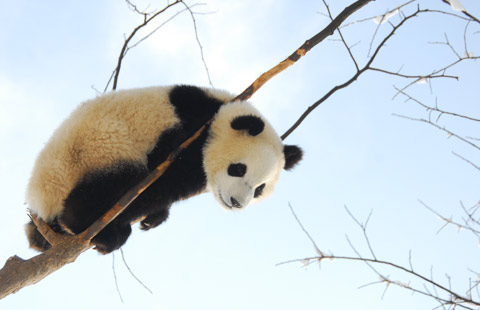Cui Yi: Inventor sparks breakthroughs
Updated: 2014-02-14 02:31
By QIDONG ZHANG in San Francisco (China Daily USA)
|
||||||||
|
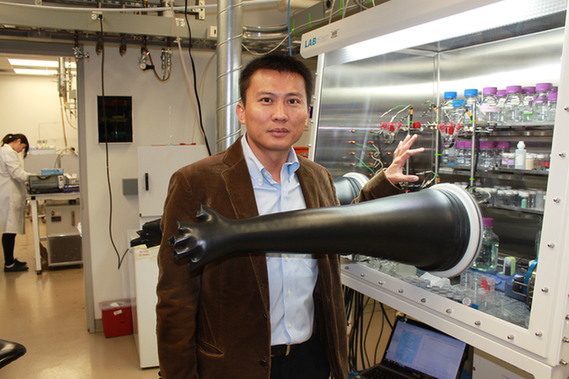 |
|
Cui Yi, at his laboratory at Stanford University, is a top Chinese scientist in energy, environment and biotech. |
The date was March 8, 2013, and the man speaking at an unofficial Congressional meeting was George Shultz, the former US secretary of State.
"We have a young man named Yi Cui from Stanford sitting here today (in Congress) who has great inventions," said Shultz. "His research and study will help solve some of the most challenging energy and environmental issues, and I ask for your support for what he is doing."
For Cui, the experience was "profound and touching"
"When that moment came, I was very proud of whom I am and felt a strong sense of responsibilities as a scientist," said Cui, an associate professor of material science and engineering at Stanford University in California.
On their private jet to Washington together, Shultz asked Cui to prepare for a one-minute-pitch to House Speaker John Boehner, knowing time would be extremely limited in a private meeting.
"I prepared for my speech and printed a two-slide demo, which made the most impression and we ended up talking a lot longer," said Cui. "Although no immediate decision was made, I was introduced to many congressional decision makers." Big inventor
At age 38, Cui already has close to 40 high-tech patents and some of his inventions have been widely recognized for their breakthroughs in scientific research.
He invented a high-energy battery that can make an electrical car run for 1,000 miles without being charged. Technology he introduced is enhancing new ways to drain salt from ocean water and make it drinkable. The materials his team is working on now would block dust and haze and filter air pollution in China. His most widely known and recent invention is a rechargeable lithium-ion battery with high-energy density and a long life cycle, which dramatically improves their performance. The battery's electrode recharges itself, opening a new and commercial path for making the next generation of lithium-ion batteries for electric cars, cell phones and other devices.
Charles Lieber, Mark Hyman professor of chemistry at Harvard University and a world leader in nanotechnology who was Cui's doctorial thesis adviser, praised him highly.
"Yi has been leading a dynamic research team and conducted highly innovative research on energy and environment at Stanford. Indeed, when he was still a doctoral student in my research group back in 1998-2002, he already demonstrated exceptional creativity, a deep intellect, strong self-motivation and fearlessness that allowed him to carry out pioneering and highly innovative work that led the world in nanoelectronics and started the field of nano-bioelectronics" said Lieber.
At 28, Cui was named recipient of the "2004 World Top 100 Young Innovator Award" by MIT Technology Review. He was awarded $10 million in research funds for being one of the top 12 scientists selected around from the world for the "2008 King Abdullah University of Science and Technology (KAUST) Investigator Award". His awards also include the "2010 Wilson Prize" from Harvard University, and the "2013 IUPAC Distinguished Award for Novel Materials and Their Synthesis". In 2013, he received a "Next Power Visiting Chair Professorship" from National Tsing Hua University in Taiwan.
One of his most significant honors came in 2009 from China. He was one of the six Chinese-American scientists invited to the reviewing stage at Beijing's Tian'anmen Square to celebrate the China's 50th national day. Although he wasn't able to make it due to a schedule conflict at Stanford, he said he considered the invitation significant recognition coming from his motherland. China factor
Cui attributes his science and technology research achievements to a stronger China today, and much more open communication between Chinese and US scientists.
Originally from Guangxi province and who came to the US in 1998, Cui got his bachelor's degree in chemistry at the University of Science and Technology of China in 1998, and doctoral degree in chemistry from Harvard. After his Miller postdoctoral fellowship at UC, Berkeley, he became an assistant professor at Stanford in 2005.
"Before I came to Stanford, my work was more research oriented in finding new materials and good material. I gathered a lot of knowledge during the progress without solving practical problems. So sometimes I felt like walking into a wall and stuck. After I came to Stanford, I started to re-direct my thoughts and focus on the practice and usage of new materials and to solve problems with nano technology in three key fields: energy, environment and biotech," said Cui.
Amprius Inc is an outcome of that work. He started his company in 2008 after his breakthrough invention on highenergy density storage with $5 million raised from venture capitalists, private investors and Stanford. With 30 employees in the US and 30 in China, the company is selling products that can be used in cell phones and for related products in both markets. Cui said he aims at a possible IPO in the near future.
Believing science and technology innovation is crucial to identify challenges in today's world, Cui has found a way to connect research, development, commercialization and manufacturing.
"For technology innovation, we have to find out what is needed, what problem is there, how we make technology to solve those problems," he said.
Energy was the first challenge Cui chose to tackle since teaching at Stanford in 2005.
"We need longer-lasting batteries for cell phones and computers, and especially portable power for electric cars to save pollution and decrease our dependence on petroleum, which has been my primary focus in the past few years," he said.
Believing in a bright outlook for the electric car industry, Cui said that his new breakthrough technology addresses three key issues in electric car industry: price, battery capacity and safety.
"In five years or more, Tesla's electric cars can potentially run 500 miles without charging. It (Tesla) could build less charging stations with my technology. It (the technology) is already available, but it needs time to be tested, which can take a long time. The current battery costs approximately $40,000 in market. My invention on lithium-ion rechargeable battery utilizes five-time cheaper building materials, which will lead to a significant drop in the price of the battery and eventually it would be an affordable price point for every consumer," said Cui. Environmental tech
His invention also addresses the most urgent environmental challenge China is facing today: dust and haze up to PM2.5, which potentially damages lungs and is caused by the burning of fossil fuels in vehicles, power plants and various industrial processes.
"In China, people are suffering every day from pollution of dust and haze. Scientists around the world are racing to a solution and I feel the most urgent responsibility as a scientist originally from China," he said. "The government is taking measures to make changes, but it will take time since the pollution comes from vehicles, coal burning and industrial manufacturing."
Cui and his team is working on a breakthrough filtration technology that can block 100 percent of PM2.5 pollution, a technology that "will also make history when announced to the world," said Cui with excitement.
"We tested the masks sold in the market, most of them don't block PM2.5, but ours can block to 100 percent. Our technology will be implemented into the production of a product which is comfortable to wear for everyone, and a window screen every family can install to block dust and haze completely from their homes," he said.
Cui attributes his inventions and success to Stanford, saying the school provides full support for his research and development work.
"Once students and professors reported that our lab equipment was less advanced compared to peer institutions, the Stanford administration invested a lot of money to upgrade them. The school really listens to our needs," he said.
Cui also attributes his success to the innovation culture at Stanford.
"The culture of Stanford is very typical of Silicon valley. It is innovation, innovation, and innovation. I often hear people say the Chinese can be individually successful but don't have enough innovation spirit within. I don't think it's true. I am from China and learning from my own experience, I believe we just need ‘the clicking moment' to initiate innovation. The Chinese are hardworking and smart, once a clicking moment is in place, innovation is un-stoppable. As an educator at Stanford, my job is to light a fire under my students. I exchange ideas with my students by going through their projects, identifying problems and challenges and help them find solution." Like a sponge
How is innovation accomplished? Cui believes the key is that "a person should be like a sponge, absorbing knowledge, ideas and thoughts of other great thinkers in order to make progress and connect all dots to innovation."
Cui, who has taught 10 postdoctoral students from China's most outstanding universities since 2005, said the person who "lit the fire" under him was his doctoral adviser, Charles Lieber, at Harvard's School of Engineering and Applied Science, whom he considers a mentor.
"He is a thinker and puts endless effort into scientific mind streaming which truly inspired me. I never knew of anyone who can be so dedicated to science, research and problem solving. He taught me science has no boundaries, and if one reads to gain a lot of knowledge, identifies problems in research, and makes dedicated efforts with passion, innovation eventually comes by," said Cui.
Stanford also caused innovative sparks and friendship between Cui and Steven Chu, the former US secretary of Energy who is now a physics professor at Stanford, and a board member of Amprius Inc.
"I have been amazed by how he (Chu) can always identify the core problems of a challenge and come up with solutions. Once we were supposed to meet for lunch, but talked for more than four hours instead and totally forgot that we had not eaten anything. We are like-minded and share kindred spirits when it comes to energy and environment issues. He is an incredibly capable scientist and a proven leader," said Cui.
Wishing to carry the same innovation spirit to his students at Stanford, Cui said science is like life itself with its ups and downs, which takes a lot of dedication and continuous effort. He said he experienced being "burnt out" when he was getting his doctoral degree at Harvard.
"I worked too hard and to some degree, the psychological and physical pressure made me puzzle the meaning of scientific research. Some doctoral students do give up at such moments. But I learned how to cope with that challenging moment and managed to recover. Then it was like having had an immune shot on pressure, pressure never bothered me again. Now I consider myself having adapted ability of performing well under pressure."
Cui, modest and soft-spoken, becomes very assured when he describes the legacies he wants to leave the world: "I want to create technologies that have profound impact in energy and environment that benefit people. I also want to help my students to become successful researchers and innovators who make a difference to the world."

 Beauty queen the latest victim in Venezuela unrest
Beauty queen the latest victim in Venezuela unrest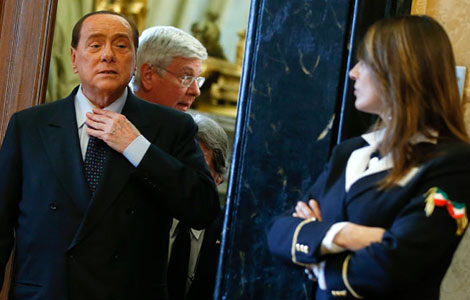
 Italy court finalizes Berlusconi divorce
Italy court finalizes Berlusconi divorce
 Neighbors keen to open trade corridor
Neighbors keen to open trade corridor
 Beijing wants more cross-Straits contact
Beijing wants more cross-Straits contact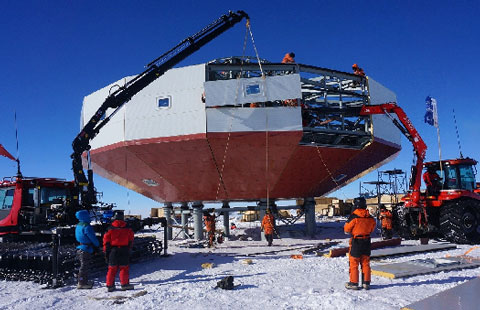
 Spirit of adventure lives on in Antarctic
Spirit of adventure lives on in Antarctic
 Prince Charles dances in traditional Saudi dress
Prince Charles dances in traditional Saudi dress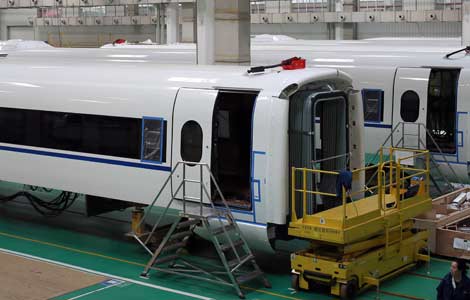
 Maglev trains speeding toward greener future
Maglev trains speeding toward greener future
 Building collapse at Korean resort kills 10
Building collapse at Korean resort kills 10
Most Viewed
Editor's Picks
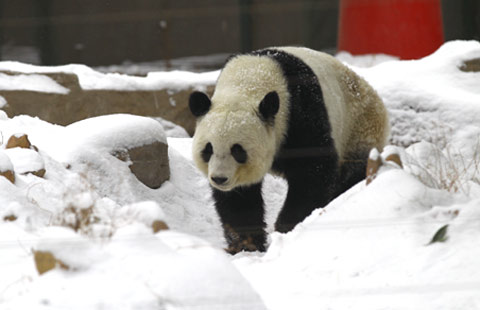
|

|
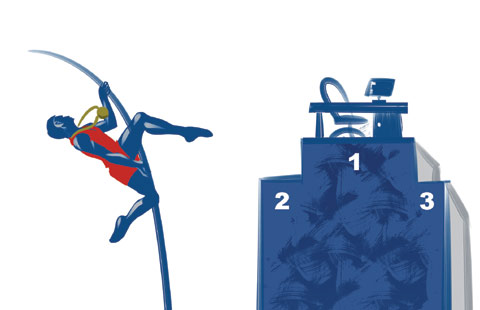
|
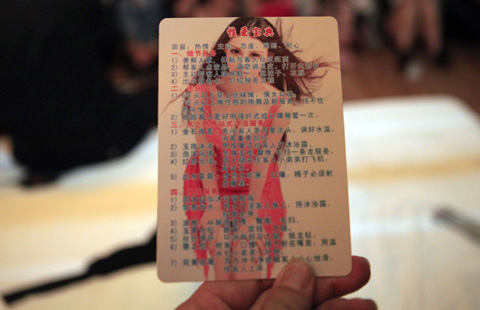
|

|

|
Today's Top News
Facebook to buy WhatsApp for $19b
Harvard gets $150m from billionaire
Afghan war opposition peaks: Gallup
Obama criticizes Venezuelan govt
Beijing opposes Japan's Taiwan ambitions
China to debut new stealth jet
West readies Ukraine sanctions
President Xi made cartoon debut
US Weekly

|

|



